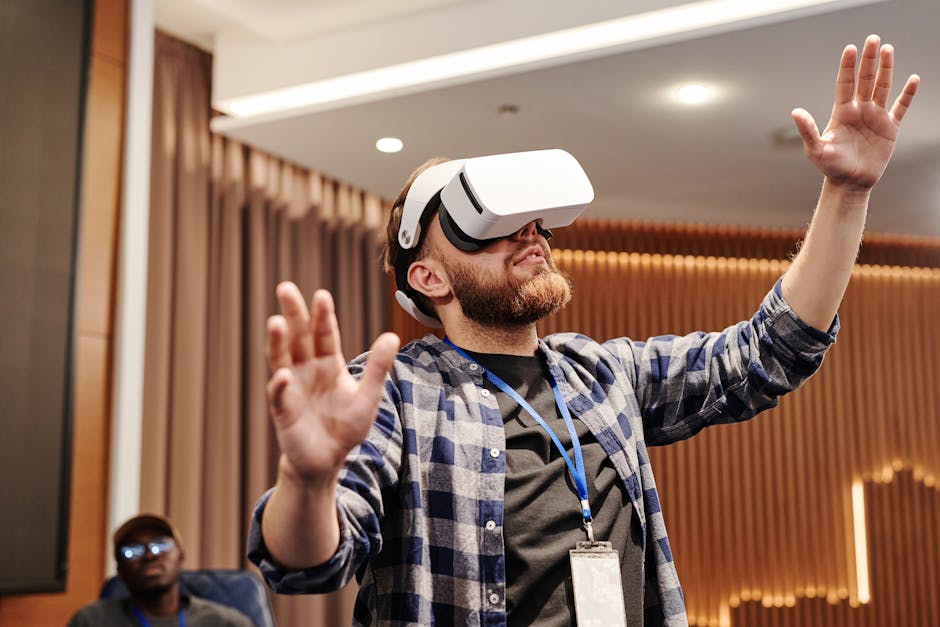3 Key Methods for Gathering User Feedback on Prototypes
Looking for innovative ways to gather user feedback on your prototypes? You’re in luck! This article explores three key methods that will help you gain valuable insights to enhance your designs.
From surveys and questionnaires to user testing and observation, as well as feedback gathering tools, you’ll discover actionable strategies to improve your prototypes and create a better user experience.
Key Takeaways
- Surveys and questionnaires with a mix of closed and open-ended questions are effective for gathering user feedback on prototypes.
- Thorough analysis of collected responses helps identify patterns and recurring themes in user feedback, allowing for innovation and improvement in prototype designs.
- User testing and observation, including note-taking on frustrations, moments of delight, confusion, and unexpected behaviours, provides valuable insights into the user experience and useability of prototypes.
- Feedback gathering tools such as surveys, heatmaps, and session recordings can be utilised to gather quantitative and qualitative data on user satisfaction, preferences, and behaviour, aiding in the refinement of prototypes.
Surveys and Questionnaires

You can gather valuable insights by using a well-designed survey or questionnaire to gather feedback on your prototypes. When designing your survey or questionnaire, consider using a mix of closed and open-ended questions to gather a variety of insights. Closed-ended questions with predefined response options can help in analysing response rates and quantifying feedback. On the other hand, open-ended questions can provide in-depth qualitative insights into user experiences and preferences.
In addition to question phrasing, it’s important to consider the timing and frequency of the surveys or questionnaires. You need to strike a balance between obtaining sufficient data and not overwhelming your users with too many feedback requests. Moreover, employing effective interview techniques can also enhance the quality of feedback received.
Once the responses are collected, thorough feedback analysis is crucial. Look for patterns and recurring themes in the feedback to identify common pain points or areas of strength in your prototypes. This analytical approach can uncover valuable insights that drive innovation and improvement in your designs.
User Testing and Observation

When conducting user testing and observation, it’s essential to closely monitor how participants interact with the prototypes in order to gather valuable insights. Here are three key aspects to consider during useability testing and feedback analysis:
-
Prototype Evaluation: Pay close attention to how users navigate through the prototype, where they encounter difficulties, and where they seem to flow effortlessly. Note their interactions with different features and functionalities to identify areas for improvement and enhancement.
-
User Experience: Observe the emotions and reactions of users as they engage with the prototype. Take note of their frustrations, moments of delight, confusion, or any unexpected behaviours. Understanding the user experience can provide valuable insights into how to refine the prototype for better useability.
-
Feedback Analysis: Actively listen to the feedback provided by users during the testing process. Analyse their comments, suggestions, and criticisms to identify recurring themes or pain points. This will help in making informed decisions about necessary adjustments and enhancements to the prototype.
Feedback Gathering Tools

During user testing and observation, incorporating feedback gathering tools becomes crucial for capturing diverse perspectives on the prototype’s useability and functionality.
Feedback analysis is greatly enhanced by utilising a variety of tools such as surveys, heatmaps, and session recordings.
Surveys are effective for gathering quantitative data on user satisfaction and preferences. They can be distributed to a large number of users and provide valuable insights into overall impressions of the prototype.
Heatmaps offer visual representations of user interactions, highlighting areas of interest or concern. These tools are invaluable for identifying patterns and trends in user behaviour.
Session recordings allow for a more in-depth understanding of individual user experiences, enabling the team to see firsthand how users navigate the prototype and where they encounter challenges.
Frequently Asked Questions
How Can We Ensure That the Feedback We Receive From Users Is Unbiased and Representative of Our Target Audience?
To ensure unbiased feedback that represents your target audience, consider diverse user demographics and behaviour patterns. Implement iterative design to integrate feedback analysis, ensuring continuous improvement alined with user needs and preferences.
What Are Some Alternative Methods for Gathering User Feedback on Prototypes Outside of Surveys, User Testing, and Feedback Gathering Tools?
To gather user feedback on prototypes, consider stakeholder engagement and co-creation workshops for collaborative input. Additionally, leverage contextual enquiry and remote useability testing for insightful feedback outside traditional methods, enhancing innovation and user-centric design.
How Do We Prioritise and Analyse the Feedback We Receive in Order to Make Informed Design Decisions?
To prioritise feedback effectively, start by organising user responses based on common themes. Then, analyse the feedback to identify recurring issues and opportunities for improvement. This process ensures that you can make informed design decisions.
What Are Some Best Practises for Incorporating User Feedback Into the Iterative Design Process?
Incorporating user feedback into the iterative design process is crucial for creating user-centred designs. Effective communication and a willingness to listen are key. Embrace the continuous cycle of feedback and improvement for innovation.
Are There Any Ethical Considerations to Keep in Mind When Gathering and Utilising User Feedback on Prototypes?
When gathering user feedback on prototypes, ethical considerations are crucial. Prioritise user trust and data protection by obtaining informed consent, ensuring transparent data usage, and safeguarding user privacy. Upholding ethical standards fosters a culture of innovation.
Conclusion
So, as you can see, gathering user feedback on prototypes is crucial for the success of your product.
By using surveys and questionnaires, user testing and observation, and feedback gathering tools, you can gain valuable insights that will guide your design process.
Remember, even the most successful companies like Apple and Google use these methods to ensure their products meet user needs.
So, don’t underestimate the power of user feedback in creating a successful product.
Contact us to discuss our services now!
